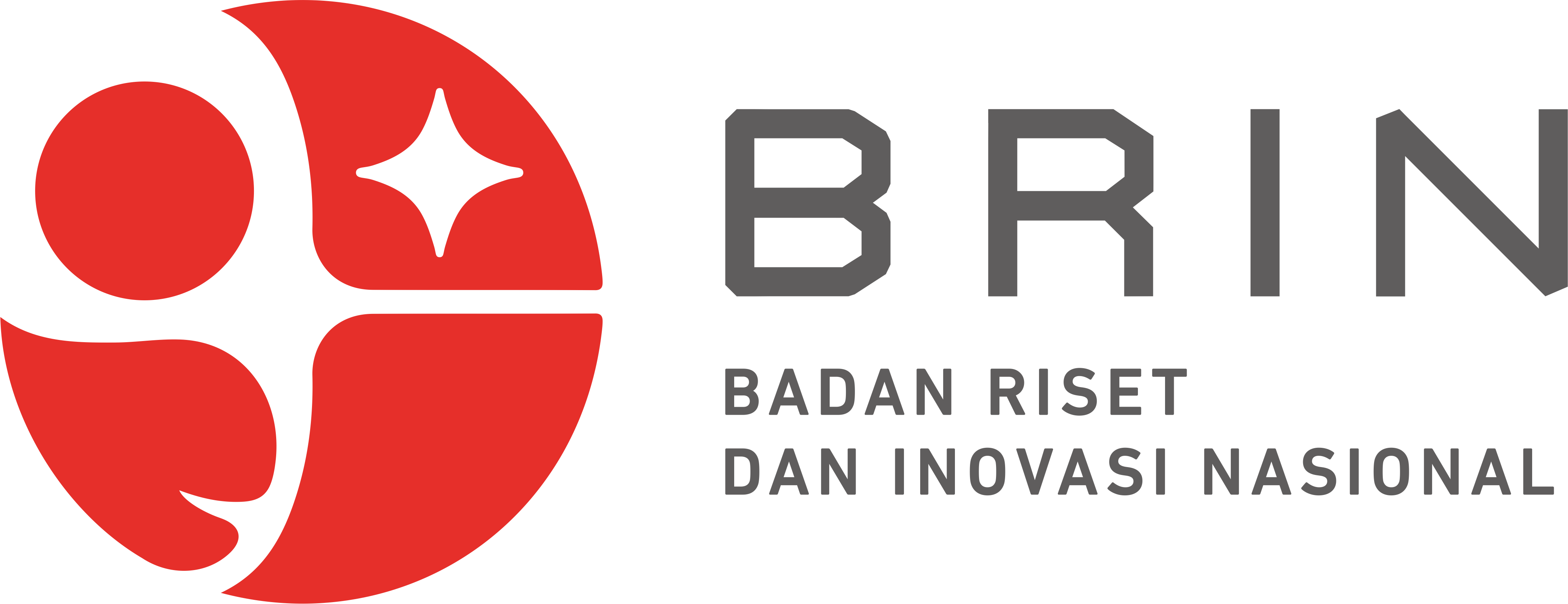Dampak Keseimbangan Air terhadap Pertumbuhan Tanaman Kelapa Sawit (Elaeis guineensis): Review Literature
Keywords:
soil water, drought stress, Elaeis guineensis, plantation, root zoneAbstract
The oil palm plant, which has the Latin name Elaeis guineensis jacq, is a plant that comes from the Arecaceae family or the annual plant family. Oil palm is a prospective plantation commodity for cultivation. Oil palm plantations in Indonesia are spread across the islands of Sumatra, Sulawesi, and Kalimantan. Oil palm is a plant that is prone to drought stress, because it has a shallow root system. Water storage in oil palms is not as much as in other crops given their shallow-rooted morphology. Water carried during the rainy season escapes into the soil layer below the root zone so that water is not retained even though oil palms are cultivated on flat land. Even with good drainage, a lot of water still escapes. Water becomes unbalanced for plant growth. Oil palms have no water reserves during the dry season. This becomes a problem if oil palms experience drought stress. Water stress can be seen from changes in plant morphology and physiology
References
Agustiana, S., Wandri, R. & Asmono, D. (2018). Performa Tanaman Kelapa Sawit pada Musim Kering di Sumatera Selatan; Pengaruh Defisit Air terhadao Fenologi Tanaman. Prosiding Seminar Nasional Lahan Suboptimal, Palembang 18-19 Oktober 2018
Baskoro, D.P.T. (2017). Kelapa Sawit: Benarkah Rakus Air ?. Buletin Faperta IPB. IPB. Bogor.
Dinas Perkebunan Provinsi Kalimantan Timur. (2021). Kelapa Sawit. Kalimantan Timur.
Fauzi, Y., E.W., Yustina , S. Iman H. Rudi. (2004). Budidaya, pemanfaatan hasil dan limbah dan analisis usaha dan pemasaran kelapa sawit. Penerbit Swadaya. Jakarta.
Herlinda, Siti Al, Sherly Agustiana, Ruli Wandri, and Dan Dwi Asmono. (2018). Performance of Oil Palm in Dry Sesason in South Sumatera : Effect of Water Deficit on Plant Phenology. Prosiding Seminar Nasional Lahan Suboptimal: Tantangan Dan Solusi Pengembangan PAJALE Dan Kelapa Sawit Generasi Kedua (Replanting) Di Lahan Suboptimal, 2018, pp. 67–73
Khairuna. (2019). Diktat Fisiologi Tumbuhan. Diktat Fakultas Ilmu Tarbiyah dan Keguruan Universitas Islam Negeri Sumatera Utara. Medan.
Maryani, A.T. (2012). Pengaruh Volume Pemberian Air Terhadap Pertumbuhan Bibit Kelapa Sawit Di Pembibitan UTAMA (The Influence of Water Supply Volume to The Growth Of Oil Palm Seedlings (Elaeis guineensis jacq) in main nursery). Jurnal Penelitian Vol. 1 No. 2. Universitas Jambi. Jambi.
Maryani, Anis Tatik, and Gusmawartati. (2010). Pengaruh Volume Pemberian Air Terhadap Pertumbuhan Bibit Kelapa Sawit (Elaeis Guineensis Jacq .) Di Pembibitan Utama. Jurnal Agroteknologi, 1.1 (2010), pp. 8–13
Purba, Reynaldo Oktaman, Umi Kusumastuti R, and Fani Ardiani, ‘Pengaruh Pemberian Dosis Pupuk Guano Dan Volume Air Terhadap Pertumbuhan Kelapa Sawit Di Pre Nursery’, Agroforetech: Jurnal Online Mahasiswa INSTIPER, 1.1 (2023), pp. 167–71
Riduan, M., Rosmiah, Aminah, R.I.S. (2017). Pengaruh Pemberian Pupuk Hayati Mikoriza dan Volume Pemberian Air terhadap Pertumbuhan Bibit Kelapa Sawit (Elaeis guineensis Jacq.) pada Stadia Pre Nursery. Klorofil, 12 (1), 7-11
Sahputra, R., Wawan, Anom, E. (2016). Pengaruh Kedalaman Muka Air Tanah dan Bahan Organik terhadap Ketersediaan Hara dan Pertumbuhan Tanaman Kelapa Sawit (Elaeis guineensis Jacq) di Lahan Gambut. JOM Faperta, 3(1), 1-15
Siringo-ringo, C., Manurung, A.I., Sirait, B.A. (2021). Pengaruh Pemberian Pupuk Kandang Ayam dan Stress Air terhadap Pertumbuhan Bibit Kelapa Sawit (Elaeis guineensis Jacq.) Varietas Tenera di Pre-Nursery. Jurnal Darma Agung, 29(2), 169-179
Downloads
Published
How to Cite
Issue
Section
License
Copyright (c) 2024 Mantep Barokah, Ferra Listya Sandra Dewi, Aulia Rahmawati

This work is licensed under a Creative Commons Attribution-ShareAlike 4.0 International License.
Authors retain copyright and grant the journal right of first publication with the work simultaneously licensed under a Creative Commons Attribution-ShareAlike 4.0 International License that allows others to share the work with an acknowledgment of the work’s authorship and initial publication in this journal















